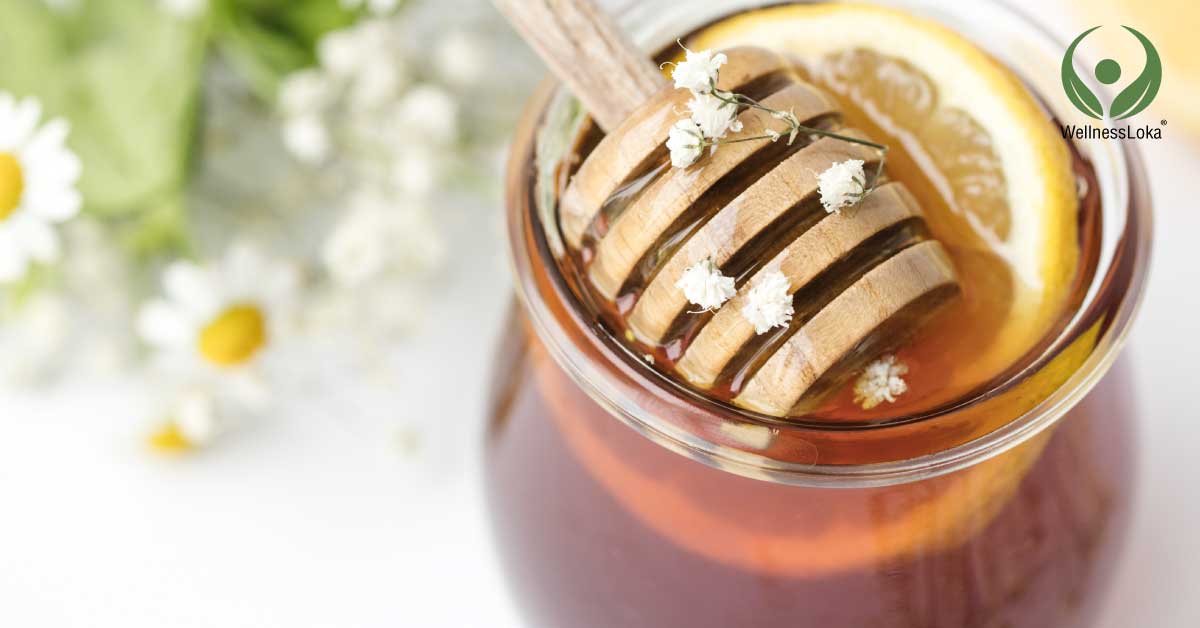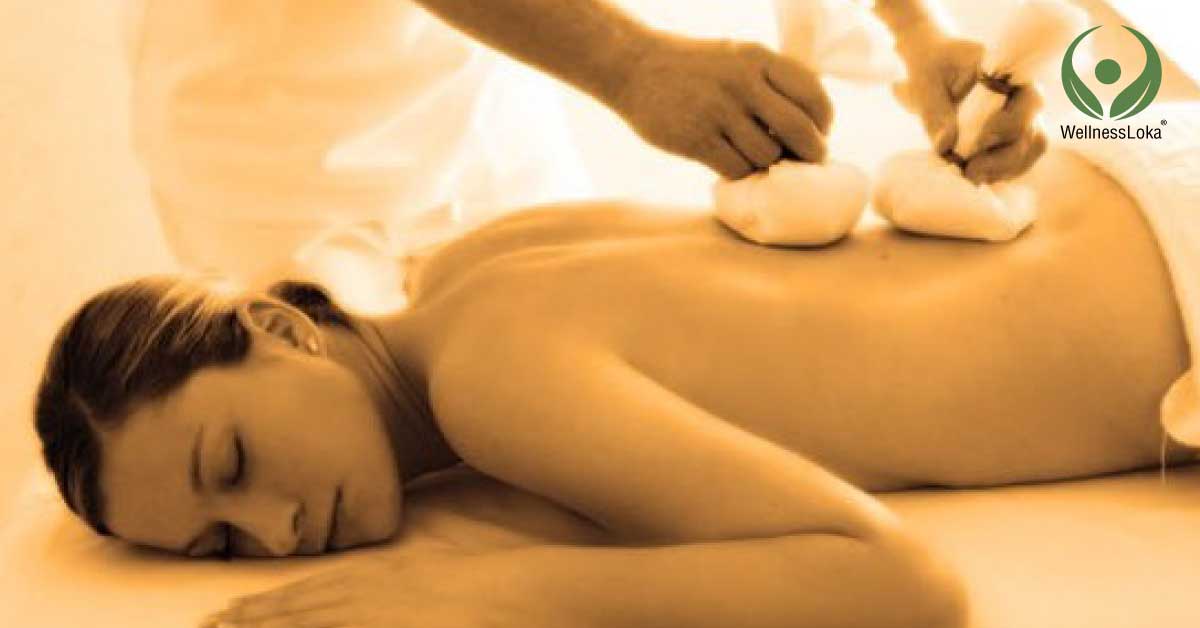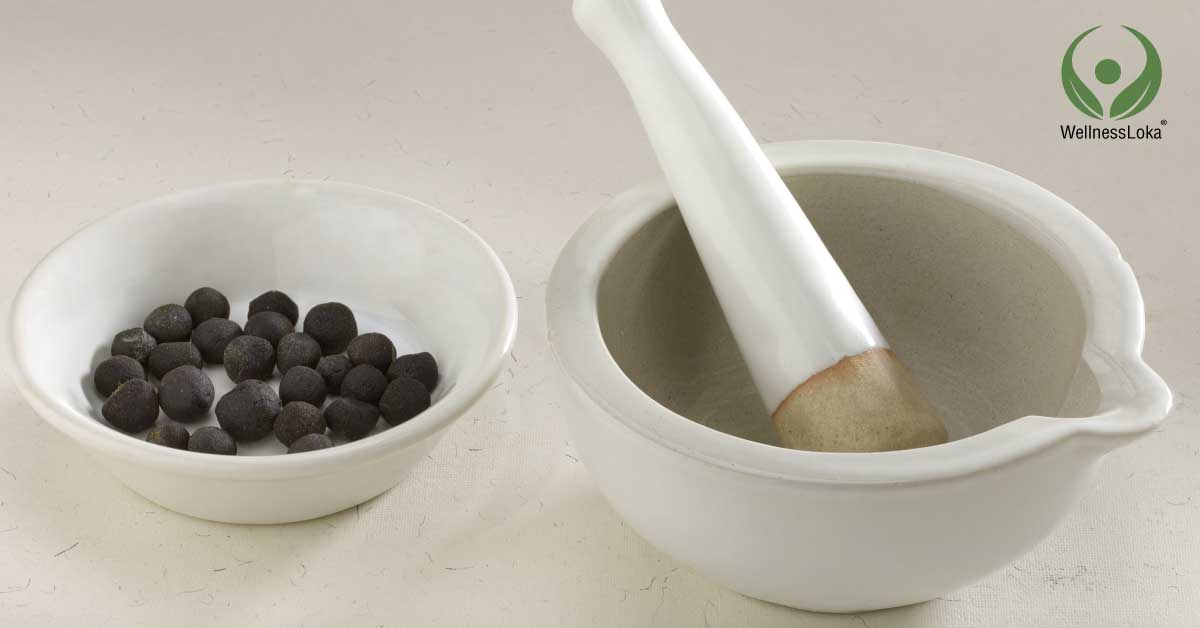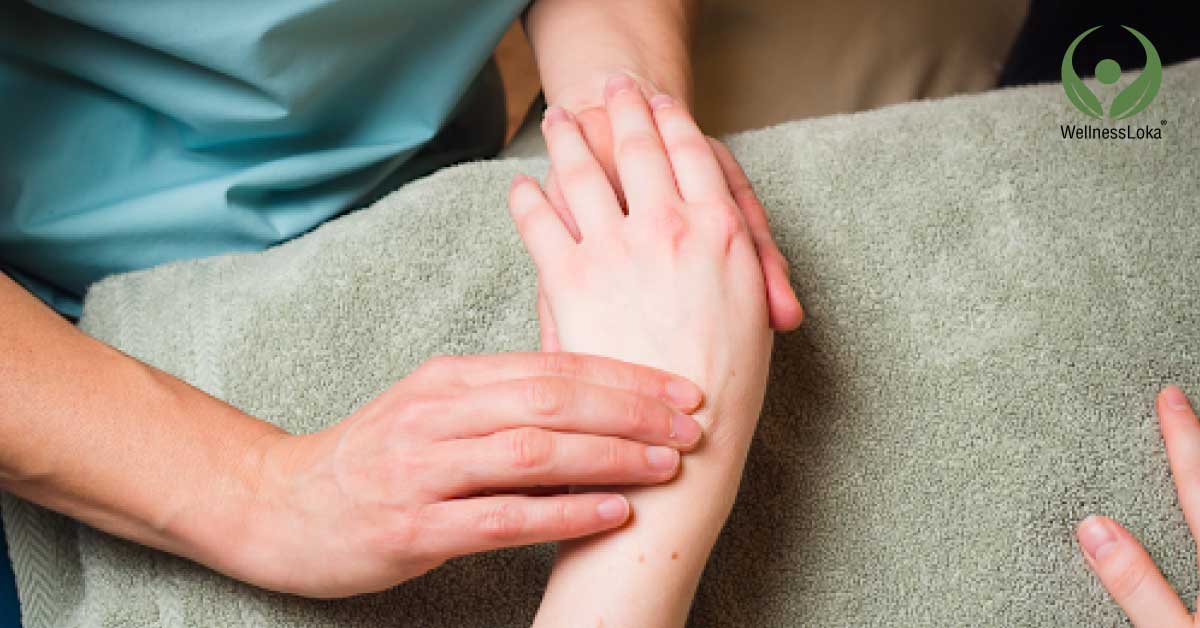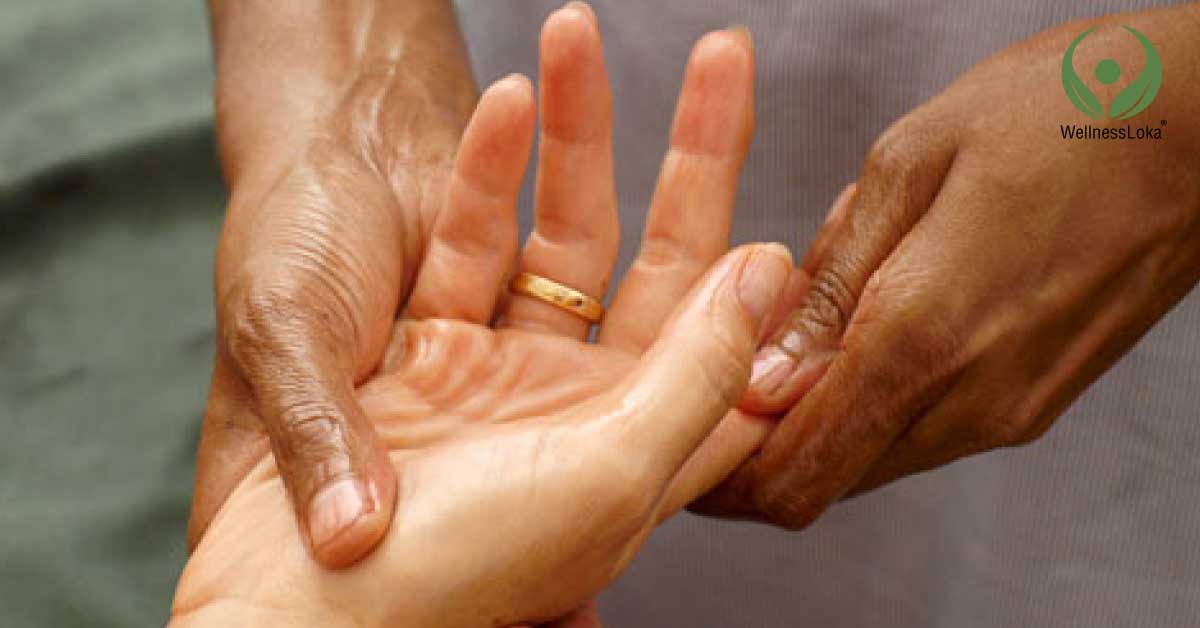Milk and Milk Products

From ancient period onwards, milk is considered to be the complete food. It is a best source for various vitamins, minerals, proteins, fats etc. Now let us see what Ayurveda has to say about milk and milk products.
According to Ayurveda, milk is sweet in taste. The milk is invigorating, aphrodisiac and acts as a coolant. It nourishes the tissues.
But the properties may change according to the source. In Ashtanga Hrdaya, various types of milk are discussed, including human milk.
Cow’s milk:- Ayurveda says that a person who consumes cow’s milk will get long life. Cow’s milk is also rejuvenative. It provides strength and increases intelligence.
Buffalo’s Milk:- Since this milk is difficult to digest, this milk can only be given to those with very powerful digestion.
Goat’s Milk:- Goat’s milk is easily digestible. It can be used in the treatment of several conditions like fever, dyspnoea etc.
Camel’s Milk:- Camel’s milk can help in increasing appetite and is easily digestible.
The text also discusses about the properties of ewe, elephant and that of one hoofed animals.
MILK PRODUCTS
Curd
Curd is sour in taste. It is hard to digest. It helps in increasing fat and strength. Having curd will help in improving taste and appetite. But consuming curd may cause oedema in some. Ayurveda advices not to have curd in night and also do not heat the curd.
Traditional Buttermilk:- It is easily digestible and improves the appetite. It is sour in taste.
Butter:- Butter is aphrodisiac in nature and improves strength and digestion. It is cold in potency.
Ghee:- Ghee is considered to be the best among fats. It improves intelligence, memory and digestion. It bestows long life and good eye sight.
Among all these, the milk and milk products of cow is considered to be the best and that of ewe’s is the least

